Astritsi is a village located in the Heraklion regional unit on the island of Crete, Greece. It falls under the municipality of Archanes-Asterousia. The village sits at an altitude of 410 meters above sea level. Its inhabitants are primarily engaged in agriculture, with the main products being sultanas, grapes, citrus fruits, cereals, and vegetables.
History
The area has been inhabited since ancient times. The earliest mention of the settlement is in a document from 1395, referred to as “Astrici”. In the Venetian census of 1583, the village (Astrizzi) is recorded as having 112 inhabitants. The Turkish census of 1671 mentions it with 23 hearths (taxable households), while the 1881 census records only one Christian inhabitant compared to 232 Muslims. In 1900, it is listed with 94 inhabitants, and in 1920, it is referred to as Astritsi, the seat of a community with 267 inhabitants. The present-day inhabitants of the village originate from Lasithi or other villages in the Pediada province.
It is believed that the ancient city of Diatonion existed where Astritsi is located today. This is supported by Linear B tablets from Knossos. In 1981, a hoard of 34 bronze coins was discovered in Astritsi, bearing the inscription “ΑΡΙΑΙΩΝ” (ARIAION). In the treaty of immunity of Miletus, which involved three groups of Cretan cities, the Arians belonged to the alliance of Gortyn. It is possible that one of the cities of this group was located at Kefala, in Astritsi.
Kato Vrysi
Kato Vrysi is a verdant valley located near Astritsi. The area is characterized by natural springs, which have been crucial for agriculture throughout history. There were once two large caves in the area. One has completely collapsed and is now a plateau, while the other, known as Neraidospilios (Fairy Cave), has undergone significant changes. These caves are believed to have sheltered inhabitants of the Lasithi Plateau who were seeking more fertile lands.
The presence of water has always been significant in this area. Three important springs, considered sacred since ancient times, formed the ancient sacred Triton River, a tributary of the modern Karteros River. The first spring, known as Kato Vrysi, has a large water output and has served as a water source for the villagers for centuries. The second spring, Neraidovrysi, emerges at the exit of Neraidospilios. The third spring, located at the valley’s exit, has disappeared due to a borehole drilled for irrigation purposes.
Neraidospilios
Neraidospilios (Fairy Cave) takes its name from the local legend of a fairy who lived inside and enchanted passersby with her song. The cave has a large opening in the white limestone, almost hidden by dense vegetation. Inside, there are visible signs of human intervention and carvings, including a stone table and a hollow in the floor resembling a crypt. Various vessels and other cultic finds have been discovered in and around the cave, suggesting it was a place of worship in ancient times. Some archaeologists speculate that it was a sanctuary of the goddess Athena Tritogeneia, who, according to mythology, was born in the Triton River.
Churches
The patron saint of Astritsi is Saint George, whose church is located in the village center. It is a “trimartyri” (dedicated to three martyrs): Saint George, Saint Barbara, and Saint Haralambos.
The first church of the village was Agios Ioannis o Prodromos (Saint John the Baptist), carved into a rock in the Kato Vrysi area.
Other churches include:
- Agios Ioannis Theologos (Saint John the Theologian): Located in Nira, it is considered miraculous by the locals, with claims of healings after drinking holy water.
- Metamorphosis tou Sotiros (Transfiguration of the Savior): Also located in Nira.
- Panagia Axion Esti (Most Holy Theotokos “It is Truly Meet”): Located in “Perivoliakia”. This Byzantine-style church was found buried and in ruins some years ago and has been restored.
- Panagia Evangelistria and Gorgoepikoos (Our Lady Evangelistria and Quick to Hear): Located in Papagianni, 200m from the village.
Cultural Events
Every summer, the Kato Vrysi area hosts a cultural camp. The Cultural Association provides equipment to support the students’ stay, and the villagers offer their land for tents and other assistance. The area also hosts various cultural events throughout the summer, including festivals, theatrical performances, concerts, and film screenings.
Village Key Points
- Location: Heraklion regional unit, Crete, Greece.
- Historical Significance: Believed to be the site of the ancient city of Diatonion. Evidence of inhabitation since ancient times.
- Current Status: An active village with a population primarily engaged in agriculture. Known for its natural beauty and cultural events.
Access
Astritsi is 5.6 kilometers away from Arkalochori and 3.1 kilometers away from Agies Paraskies













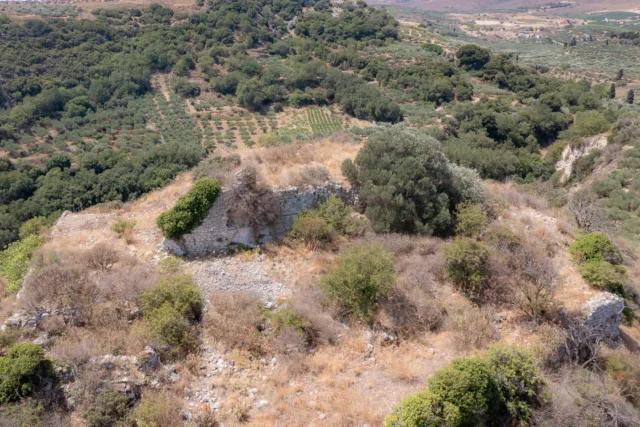




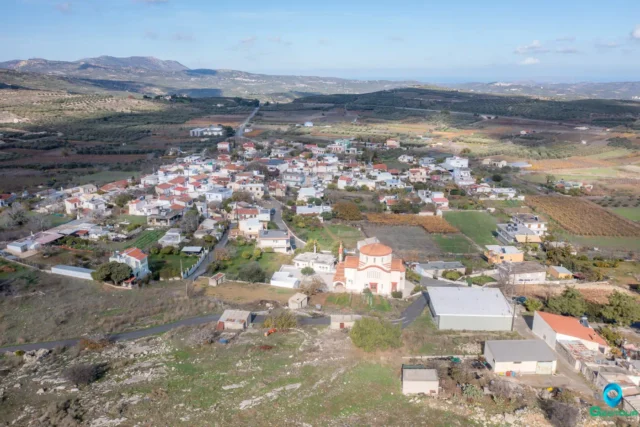
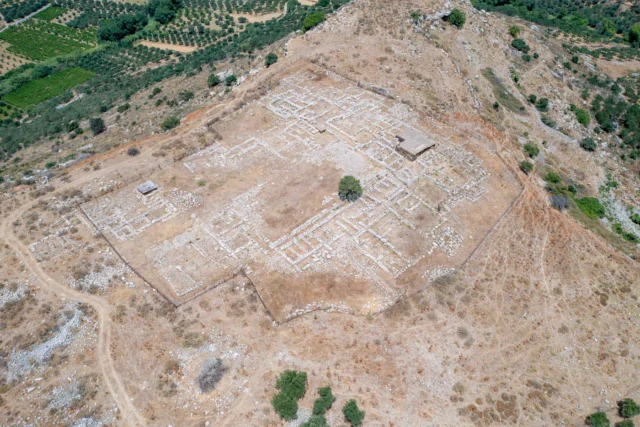

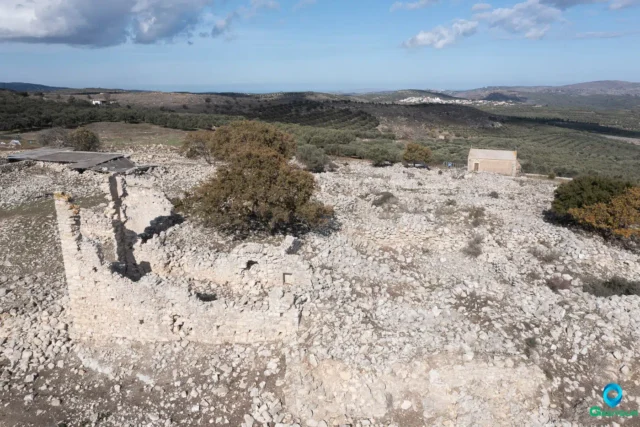
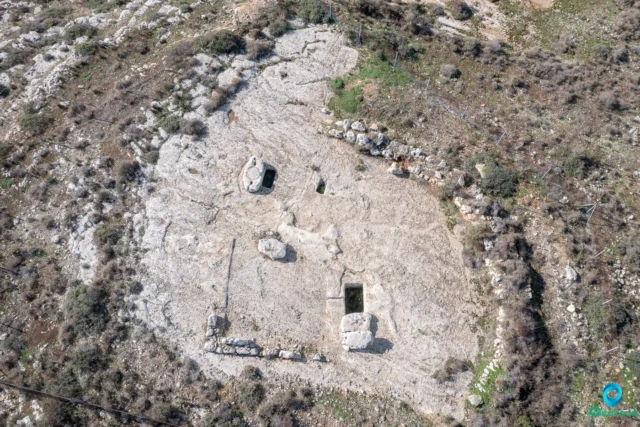
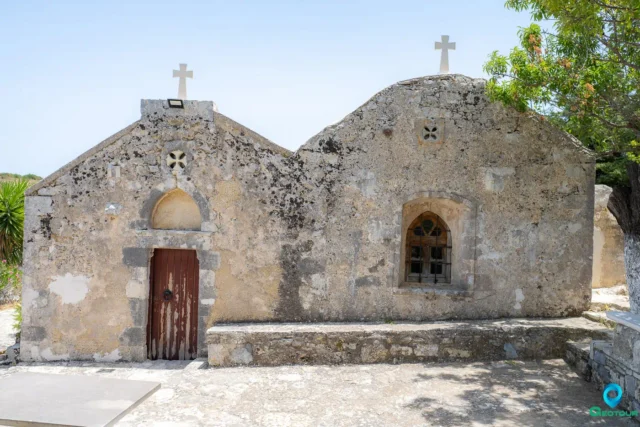

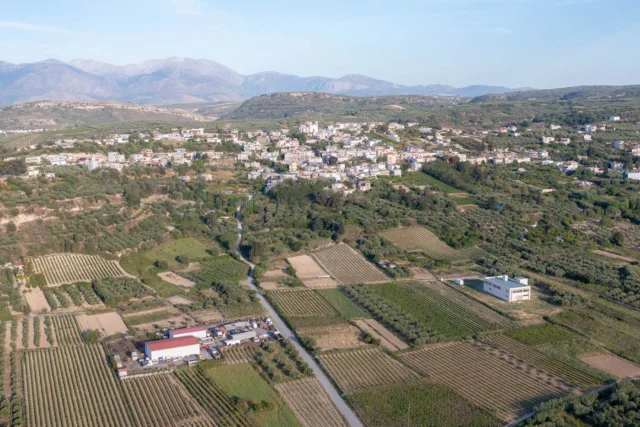
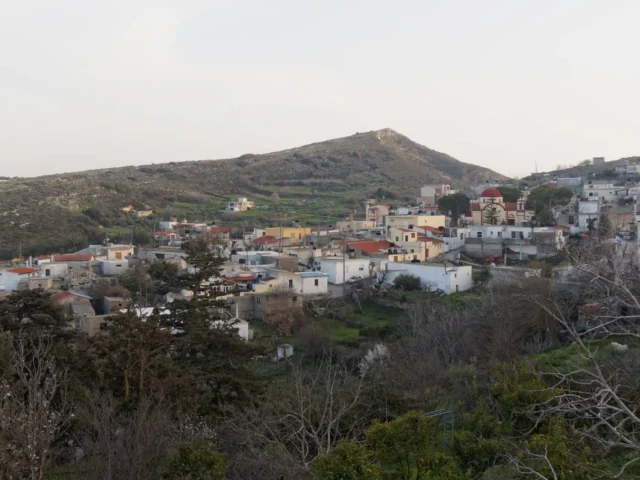
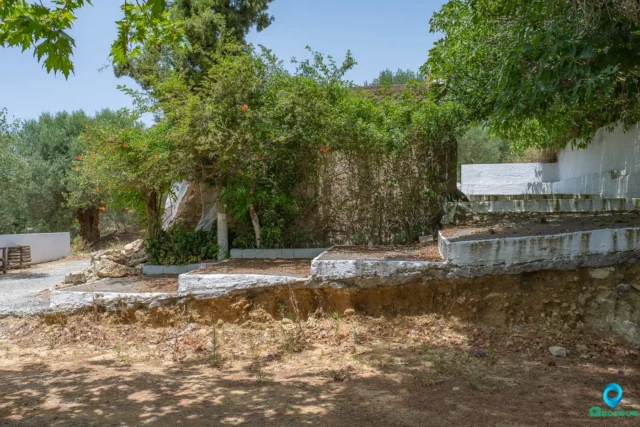
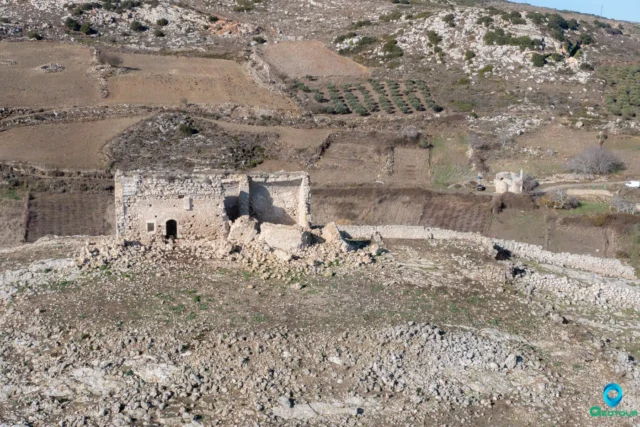

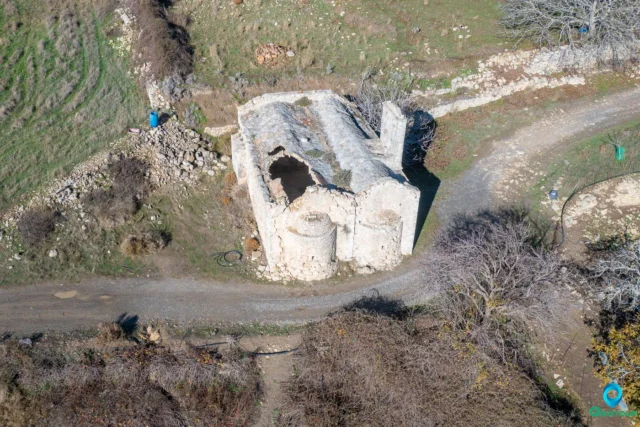
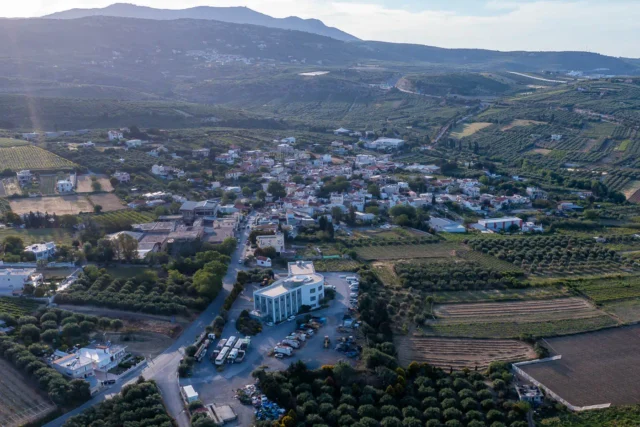

There are no comments yet.